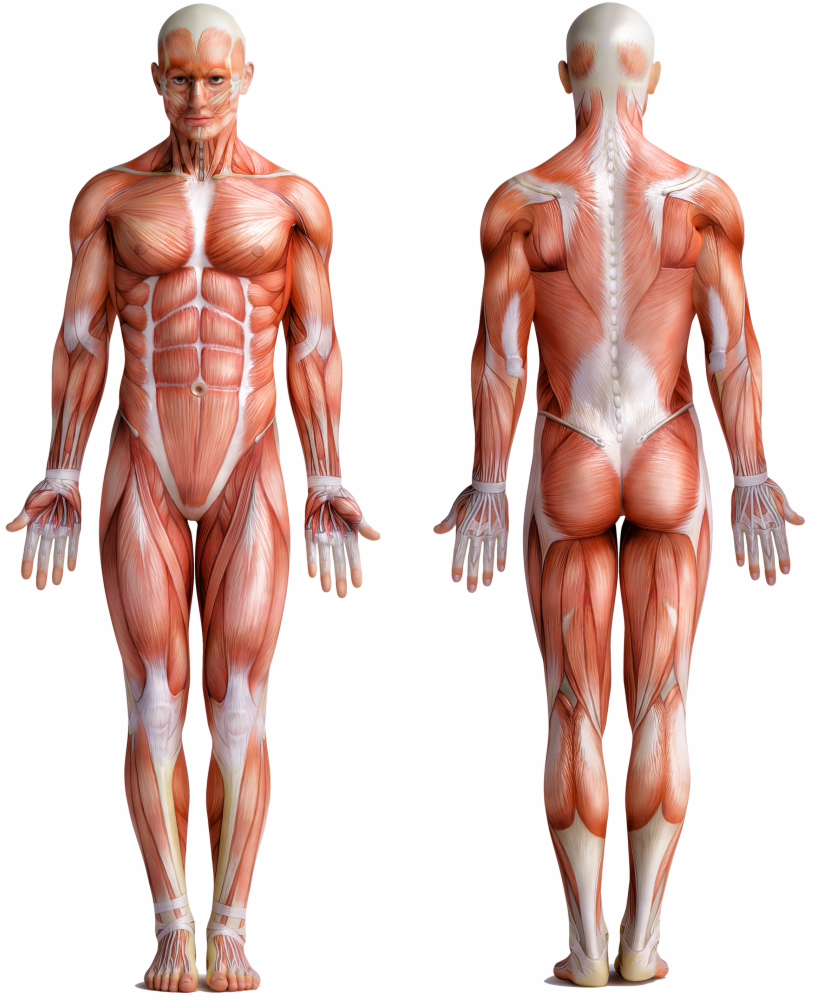-

-
About Us
- Our Vision
-
Personalized Care
Personalized Care Personalized Care Intro
Diagnostic Tests
- Digital X-Ray
- DynaROM
- 3D Body Scanning
- Gastrointentinal Health
- Organic Acids
- Comprehensive Stool Analysis
- Food Sensitivity
- Dietary Antigen Complete
- Endocrinology
- Thyroid Panel
- DUTCH Hormone Test
- Neurotransmitter Profile
- Adrenal Profile
- Nutritional Status
- Vitamin D
- Homocysteine
- Methylmalonic Acid
- Urine Iodine
- Organic Acids
- Copper Zinc Profile
- Essential Fatty Acid Profile
- RBC Metals & Minerals
- Toxic & Essential Elements
- RBC Elements
- Urine Toxic Metals
- Hair Metals & Minerals
- Urine Halides
Treatments
- Avacen Therapy
- Bioidentical Hormone Replacement Therapy (Anti-Aging)
- Chiropractic Care
- Electric Muscle & Nerve Stimulation
- Emsculpt Neo
- Emsella Treatment
- Erchonia Laser (Model EVRL)
- Exosomes
- Hair Restoration
- Headache & Migraine Treatment
- Hyaluronic Acid Injection
- Intersegmental Traction
- IV Nutrient Therapy
- Laser Lipo
- Massage Traction Chair
- PRP Facials
- PRP for Erectile Dysfunction
- PRP for Female Sexual Dysfunction
- PRP for Pain Relief
- PRP for Urinary Incontinence
- Semaglutide
- Shockwave Therapy for Cellulite & Skin Tightening
- Shockwave Therapy for Pain Relief
- Shockwave Therapy for Female Sexual Dysfunction
- Shockwave Therapy for Male Sexual Dysfunction
- Skin Rejuvenation
- Spinal Decompression
- TENS Unit
- Testosterone Replacement Therapy (TRT)
- Therapeutic Ultrasound
- Thyroid Care
- Trigger Point Therapy
- Durable Medical Equipment
- Ankle-foot Orthosis
- Cervical Rehab Coller
- Custom Foot Orthotics
- Lumbosacral Orthosis
- Osteoarthritis Knee Brace
- Wrist Brace
- FAQs
- Testimonials
- Pain Relief
- Weight Loss
-
Sexual Wellness
-
Anti-Aging
-
Resources
- Blog
- Video Library
- Store
-
Health Condition Library
Health Condition Library
- Ankle Osteoarthritis
- Bulging Spinal Disc
- Carpal Tunnel
- Cervical Degenerative Disc Disease
- Cervical Radiculopathy
- Elbow Bursitis
- Erectile Dysfunction
- Fatigue
- Female Hormone Imbalance
- Female Sexual Dysfunction
- Fibromyalgia
- Foot Arthritis
- Frozen Shoulder
- Golfer’s Elbow
- Hand Arthritis
- Headache
- Hip Bursitis
- Hip Osteoarthritis
- Hyperthyroidism
- Hypothyroidism
- Knee Bursitis
- Knee Osteoarthritis
- Low Testosterone
- Lumbar Degenerative Disc Disease
- Migraines
- Musculoskeletal Pain
- Obesity
- Osteoarthritis
- Plantar Fasciitis
- Plantar Fibroma
- Rotator Cuff Injury
- Sciatica Pain
- Shoulder Bursitis
- Shoulder Osteoarthritis
- Tennis Elbow
- Thoracic Degenerative Disc Disease
- Urinary Incontinence
- Weight Gain
- Wrist Arthritis
- Wrist Bursitis
- Contact
Understanding Cervical Degenerative Disc

Symptoms of Cervical Degenerative Disc Disease:
The symptoms of cervical degenerative disc disease can vary from person to person. Some common symptoms include neck pain, stiffness, and limited range of motion. Individuals may also experience radiating pain or numbness that extends to the shoulders, arms, and hands. In severe cases, weakness or difficulty with fine motor skills may occur. It is important to note that these symptoms may worsen over time if left untreated.
Introduction:
Cervical degenerative disc disease is a common condition that affects the discs in the neck region of the spine. It is also referred to as cervical spondylosis or cervical osteoarthritis. This condition occurs when the discs between the vertebrae in the neck begin to deteriorate and lose their cushioning properties. As a result, individuals may experience a range of symptoms and discomfort. In this comprehensive guide, we will delve into the various aspects of cervical degenerative disc disease, including its symptoms, causes, and multiple treatment options.
Causes of Cervical Degenerative Disc Disease:
Cervical degenerative disc disease is primarily caused by the natural aging process. As we age, the discs in our spine gradually lose their water content and become less flexible. This can lead to disc degeneration and the development of osteoarthritis in the cervical spine. Other factors that may contribute to the development of this condition include repetitive neck movements, poor posture, and previous neck injuries.
Multiple Treatment Options:
Fortunately, there are several treatment options available for individuals with cervical degenerative disc disease. Treatment alternatives depend on the severity of the indicators and the individual’s overall health. Non-surgical treatments may include chiropractic, physical therapy, and the use of cervical collars to provide support. In more severe cases, cervical decompression is used to create a negative pressure in the joints to rehydrate injured areas.
Conclusion:
Cervical degenerative disc disease can significantly impact an individual’s quality of life; however, with proper understanding and treatment, it is possible to manage the symptoms and improve overall well-being. By recognizing the symptoms, understanding the causes, and exploring the various treatment options, individuals can make informed decisions about their healthcare and take steps towards a pain-free life.









